History
Throughout its 143-year rich history, the Graphic Institute of Croatia experienced numerous political and technological changes. The Institute always adapted to the changes, believing in the power of the printed word and everlasting value of printed products.
Books, magazines, brochures, catalogues and flyers mirror the time period in which they were created. We are proud of each such product because with every new product, we constantly grow and become better, thus leaving a trace for the next generations. We look forward to challenges, whatever they may be, as they help us grow and build our strength for the new challenges that lie ahead.

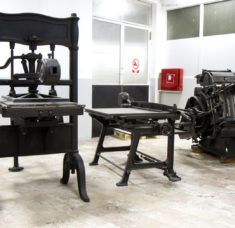
1874 July
The Printing House Narodne Novine was founded at 13, Radićeva Street in Zagreb, on 1 July 1874, owing to the support of Ivan Mažuranić, the Ban (viceroy) of Croatia, and the then ruling Government of the Land. The printing house had 13 employees: six typesetters, one mechanic, two assistant workers and four apprentices.
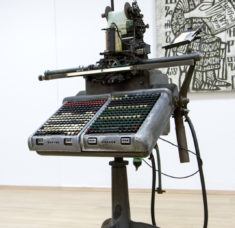
1879 December
At the session of the Croatian Parliament decision was adopted, by virtue of which the Printing House Narodne Novine was proclaimed the “land” (state) institute, under the name of “Royal Land Printing House”, with the right to use the national coat of arms in its title and seal.
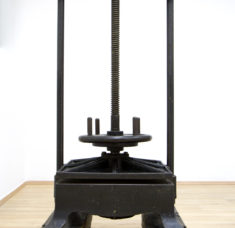
1880 September
Za potrebe tiskare kupljena je palača Keglević, na uglu Ilice i Frankopanske ulice u Zagrebu. Zgrada je 9. listopada iste godine oštećena u potresu koji je pogodio Zagreb. The Keglevic mansion, at the corner of Ilica and Frankopanska Street in Zagreb, was bought to serve the needs of the printing house. The building was damaged in the earthquake that hit Zagreb on 9 October 1880.
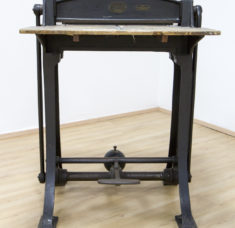
1892 October
All departments of the Royal Land Printing House were moved into the new building, at the corner of today’s Marshal Tito Square.
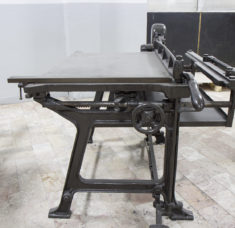
1896 January
Pursuant to decision of the Royal Court, the name of the printing house was changed to Royal Land Printing House in Zagreb.
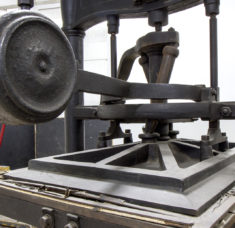
1912 April
The Department of Lithography was established.
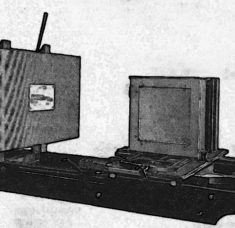
1913 March
The Department of Photo-Zincography was established.
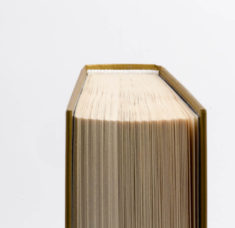
1914 April
The Binding Department was established.
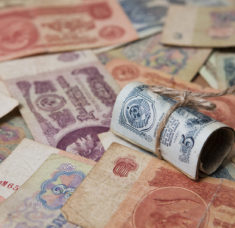
1919 February
The first banknotes of the Zagreb City Assembly were printed.
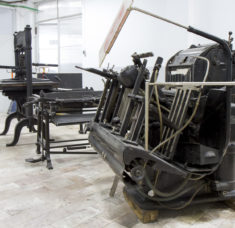
1920 September
The first banknotes of the Kingdom of Serbs, Croats and Slovenians (SHS) were printed.
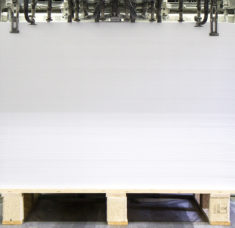
1930 May
The Sheet-Fed Printing Department was established – it marked the beginning of the modern printing era.
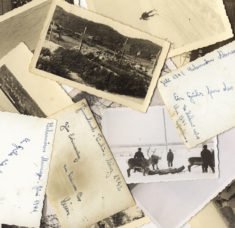
1941 April
Beginning of World War II, the name was changed to Croatian State Printing House.

1945 May
Government transition, new name: Croatian Publishing Printing House.

1945 December
Another renaming, this time into the Publishing Institute of Croatia.
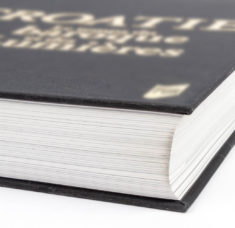
1949 January
From the Publishing Institute of Croatia, an independent company Učila was separated.
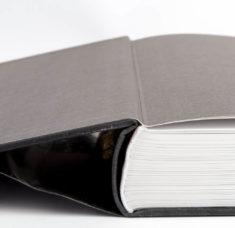
1949 December
Bookstores with stationery departments, as well as the administration department of Narodne Novine, were separated.
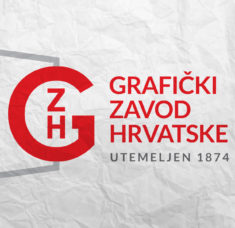
1951 July
The Department of School and Pedagogical Books became the publishing house Školska knjiga, and the printing house started operating under its present name of the Graphic Institute of Croatia.
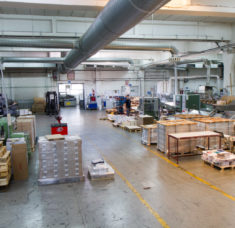
1975
The Production Sector was moved to a new location in Zagreb, in the industrial zone Žitnjak.
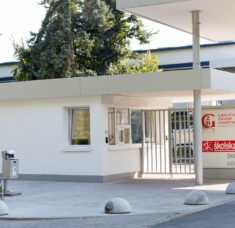
1996 June
GZH became part of Školska knjiga d.d., the largest publishing and printing group in the region.
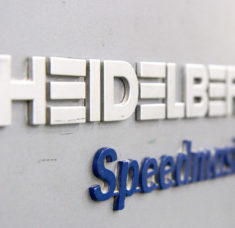
2000
The old technology was gradually replaced by new Heidelberg Speedmaster printing machines for sheet-fed offset printing.
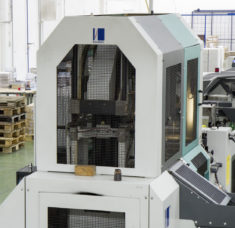
2001
Installation of the automated line Sigloch- Kolbus Compact BF 60 for production of hardcover books.
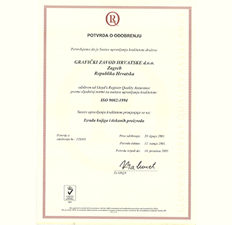
2001
Acquiring of ISO 9002:1994 certificate proves business activities are managed in accordance with the highest international quality standards.
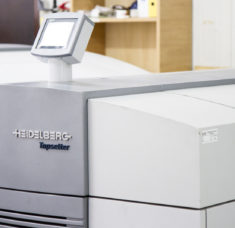
2003
By introducing the CTP technology in the prepress department (Heidelberg Topsetter 102 and 102 PF, and Heidelberg Prinect Workflow), the traditional plate making is replaced.
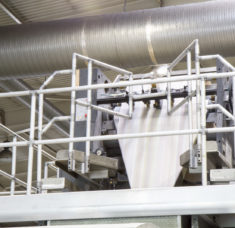
2007
With the installation of the high-capacity rotary press machine Heidelberg M600, web-fed printing technique was introduced for printing of large circulations.
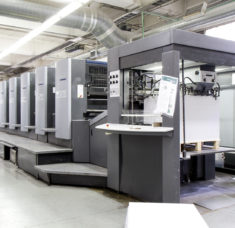
2008
Expansion of the existing capacities of 5 Heidelberg Speedmaster machines for sheet-fed printing, by purchasing Heidelberg Speedmaster SM 102-8-P eight-colour machine.
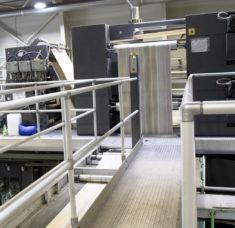
2009
Purchase of another Heidelberg M600 machine for rotary printing.
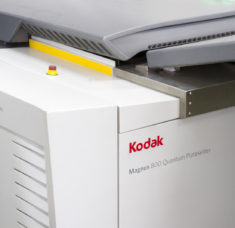
2009
Installation of new Kodak Quantum Magnus 800 CTP system for graphic design preparation.
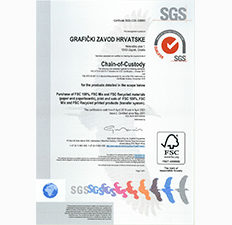
2011
Acquiring of FSC®CoC Certificate is a guarantee of environmentally responsible production.
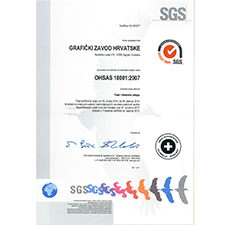
2012
Occupational Health and Safety Management System is recognized on international level – acquiring of certificate OHSAS 18001:2007.
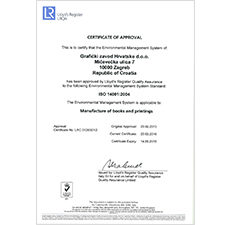
2013
ISO 14001:2004 certificate confirms the efficient environmental protection as a relevant factor for further development.
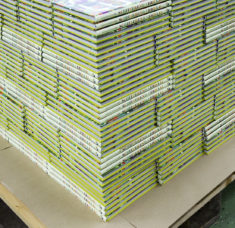
2016
Export of books and magazines to more than 15 European countries.
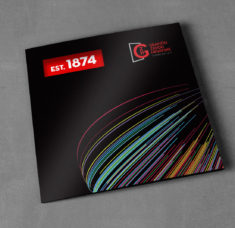
2017
New visual identity includes a revised logotype that is up-to-date with the trends due to its fresh and straightforward shape.